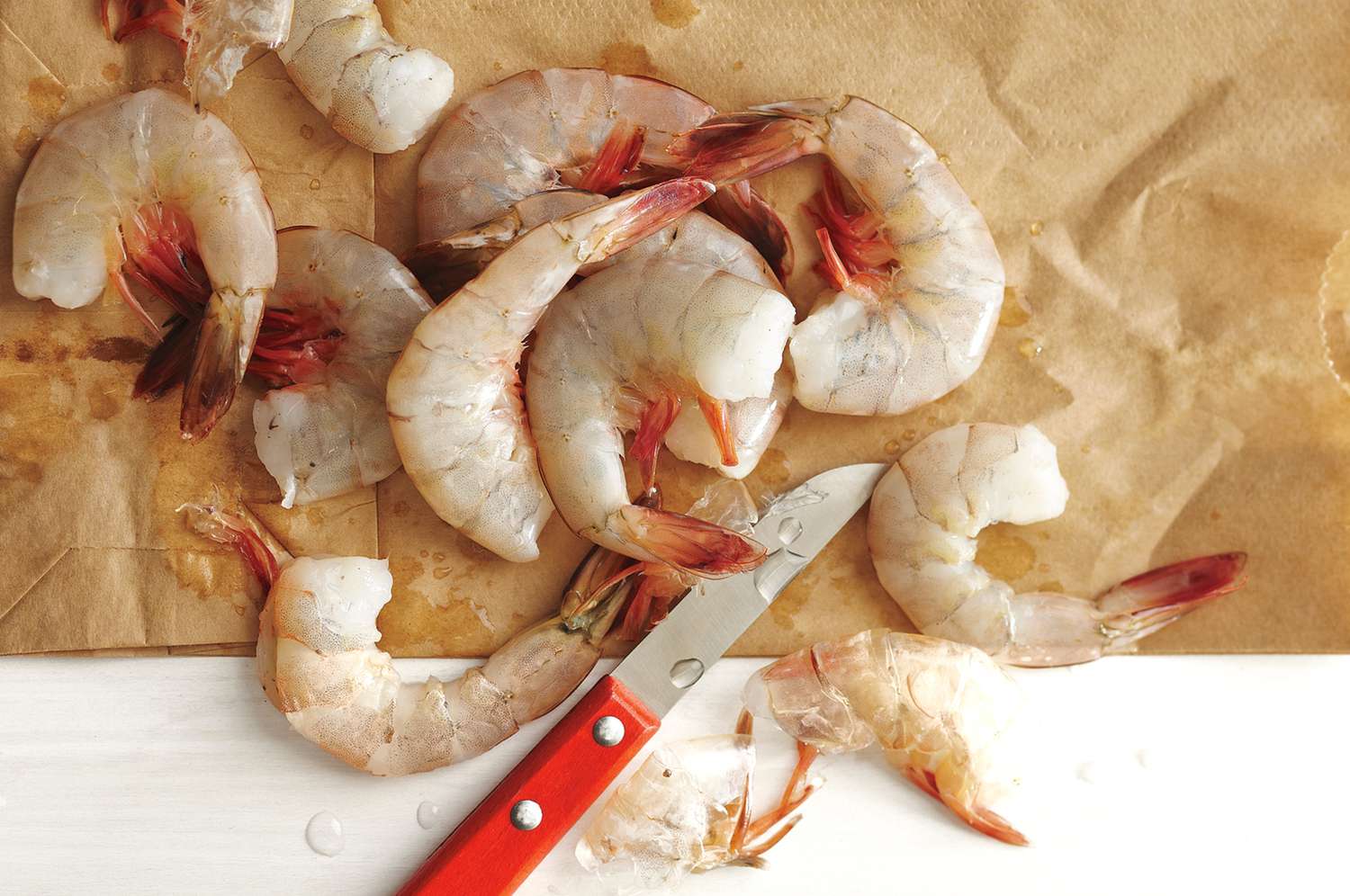

Articles
How To Store Shrimp
Modified: February 24, 2024
Learn effective methods for storing shrimp to maintain freshness and flavor. Read informative articles on proper storage techniques and tips to keep your shrimp tasting its best.
(Many of the links in this article redirect to a specific reviewed product. Your purchase of these products through affiliate links helps to generate commission for Storables.com, at no extra cost. Learn more)
Introduction
Shrimp is a popular seafood choice for its delicate flavor and versatility in various culinary preparations. Whether you’ve purchased fresh shrimp from the market or have some cooked leftovers, proper storage is essential to maintain its quality and prevent spoilage. In this article, we will guide you through the steps of storing shrimp effectively to ensure its freshness and taste.
When it comes to storing shrimp, there are a few key factors to consider: choosing fresh shrimp, proper cleaning and deveining, selecting the right storage container, refrigerating, freezing, thawing, storing cooked shrimp, and properly discarding any spoiled shrimp. By following these guidelines, you can extend the shelf life of your shrimp and enjoy it in your favorite dishes without any concerns about quality.
So, let’s dive into the details and learn how to store shrimp properly.
Key Takeaways:
- Choose fresh, shiny, and translucent shrimp with a mild briny scent for optimal flavor. Properly clean and devein shrimp before storage to remove impurities and ensure a delightful dining experience.
- Use airtight, non-reactive containers for refrigerating or freezing shrimp to maintain freshness. Thaw shrimp in the refrigerator or cold water to preserve texture and taste, and discard spoiled shrimp to prioritize food safety.
Read more: How To Store Fresh Shrimp
Choosing Fresh Shrimp
When it comes to buying shrimp, selecting the freshest ones is crucial for ensuring the best taste and texture. Here are some tips to help you choose fresh shrimp:
- Appearance: Look for shrimp that have a shiny and translucent appearance. They should have a natural pinkish or grayish color, depending on the species. Avoid shrimp that appear dull, discolored, or have black spots.
- Texture: Fresh shrimp should have a firm and slightly springy texture. Avoid shrimp that feel slimy or mushy, as it may indicate deterioration.
- Smell: Give the shrimp a sniff. Fresh shrimp should have a mild, briny odor reminiscent of the sea. If they have a strong, fishy smell, it’s a sign of spoilage.
- Head-on vs. headless: While both options are acceptable, head-on shrimp tend to have better flavor and are often considered more desirable. However, headless shrimp are more convenient if you prefer to skip the cleaning and deveining process.
- Sourcing: Whenever possible, choose shrimp sourced from sustainable fisheries. Look for certifications such as the Marine Stewardship Council (MSC) or Best Aquaculture Practices (BAP). These certifications ensure that the shrimp have been harvested responsibly and adhere to strict environmental and social standards.
Remember, freshness is key when it comes to enjoying the best flavor and quality of shrimp. If you’re unsure about the freshness, it’s always best to ask the fishmonger or supplier for assistance. They can guide you in choosing the best shrimp available.
Proper Cleaning and Deveining
Once you have brought home your fresh shrimp, the next step is to clean and devein them. Cleaning shrimp removes any dirt or impurities on the surface, while deveining removes the black digestive tract that runs along the back. Follow these steps for proper cleaning and deveining:
- Start by rinsing the shrimp under cold running water. Use your hands to gently rub the shrimp to remove any dirt or sand particles.
- If the shrimp still have the heads on, you can twist them off or use a pair of kitchen shears to cut them off. This step is optional and depends on your preference.
- To devein the shrimp, use a sharp paring knife or shrimp deveiner tool. Make a shallow cut along the back of the shrimp, just deep enough to expose the black vein.
- Use the tip of the knife or the deveiner tool to lift out the vein. Pull it gently and discard. Some larger shrimp may have a vein that runs the entire length of the back, so make sure to remove it completely.
- Rinse the shrimp again to remove any debris or residual veins.
- Pat the shrimp dry with paper towels before proceeding with the storage process.
Cleaning and deveining shrimp not only improves the appearance of the shrimp but also removes any potential sources of off-flavors or textures. This step is particularly important if you plan to cook the shrimp with the shells on, as it would impact the overall eating experience.
Remember, if you do not want to clean and devein the shrimp yourself, you can always buy them already cleaned and deveined from your local fishmonger or supermarket. This can save you time and effort in the kitchen.
Selecting the Right Storage Container
Choosing the right storage container is crucial for keeping your shrimp fresh and preventing any cross-contamination with other foods. Here are some key considerations when selecting a storage container for your shrimp:
- Airtight: Opt for airtight containers to minimize exposure to air, which can cause shrimp to oxidize and deteriorate more quickly. A container with a secure-fitting lid will also prevent any odors from escaping or seeping into the shrimp.
- Non-reactive material: Use containers made of non-reactive materials such as glass or food-grade plastic. Avoid using containers made of metal or reactive plastics, as they can affect the flavor and quality of the shrimp.
- Size: Select a container that is appropriately sized for the amount of shrimp you are storing. Avoid overcrowding the container, as it can lead to uneven cooling and increase the risk of spoilage.
- Dividers: If you plan to store different types of shrimp or have leftover cooked shrimp, consider using dividers or separate containers to prevent cross-contamination.
- Labeling: It’s a good practice to label your storage containers with the date of storage to keep track of freshness and ensure you use the oldest shrimp first.
When it comes to storing shrimp in the refrigerator, consider using specialized storage bags specifically designed for seafood. These bags are typically made of breathable material to maintain optimal moisture levels and prevent the shrimp from becoming mushy or developing off-flavors.
Remember, the goal of selecting the right storage container is to protect the shrimp from moisture loss, freezer burn, and any potential contaminants. By taking these precautions, you can ensure that your shrimp remains fresh and flavorful until you’re ready to use it.
Refrigerating Shrimp
Refrigeration is a common method of storing fresh raw shrimp, especially if you plan to use it within a few days. Follow these guidelines to refrigerate your shrimp properly:
- Prepare the shrimp by cleaning, deveining, and drying them as mentioned earlier.
- Place the shrimp in an airtight container or a specialized seafood storage bag.
- If using a container, make sure it is properly sealed to prevent any air from entering.
- Store the shrimp on a shelf in your refrigerator, away from strong-smelling foods or raw meats to avoid cross-contamination.
- The ideal temperature for storing shrimp is between 32°F (0°C) and 38°F (3°C). Keeping the shrimp slightly above freezing will help maintain its quality.
- It’s best to consume the refrigerated shrimp within 2-3 days for optimal freshness and taste. Although it may still be safe to eat after that time, the quality may start to deteriorate.
It’s important to note that refrigeration only slows down the rate at which shrimp deteriorates, and it will eventually spoil. If you don’t plan to use the shrimp within a few days, it’s recommended to freeze it for longer-term storage.
If you notice any signs of spoilage such as an unpleasant odor, sliminess, or unusual coloration, it’s best to discard the shrimp immediately to prevent any risk of foodborne illness.
By following these guidelines, you can ensure that your refrigerated shrimp stays fresh and safe to consume until you’re ready to cook and enjoy it.
Store shrimp in the coldest part of the refrigerator, ideally in a sealed container or resealable bag with a paper towel to absorb excess moisture. Use within 1-2 days for best quality.
Read more: How To Store Shrimp In Fridge
Freezing Shrimp
Freezing is an excellent way to prolong the shelf life of shrimp and ensure it remains fresh for an extended period. Follow these steps to freeze your shrimp properly:
- Prepare the shrimp by cleaning, deveining, and drying them thoroughly.
- If desired, you can also remove the shells and tails before freezing, although it is not necessary.
- Place the shrimp in a single layer on a baking sheet lined with parchment paper or a silicone mat. Make sure the shrimp is not touching each other, as this will prevent them from sticking together during freezing.
- Place the baking sheet in the freezer and allow the shrimp to freeze for a couple of hours or until they are firm to the touch.
- Once the shrimp are semi-frozen, transfer them into airtight freezer-safe containers or freezer bags.
- Remove any excess air from the bags or containers before sealing them tightly. This will help prevent freezer burn and maintain the quality of the shrimp.
- Label the containers or bags with the date of freezing for reference.
- Store the shrimp in the coldest part of your freezer, such as the back or the bottom, where temperatures remain stable.
- Frozen shrimp can typically be stored for up to 3-6 months. However, for the best quality, it’s recommended to consume them within the first 3 months.
When you’re ready to use the frozen shrimp, remove the desired amount from the freezer and thaw them properly before cooking.
Properly storing shrimp in the freezer will prevent the growth of bacteria and maintain its texture and flavor. Freezing is a convenient way to have shrimp on hand for quick and easy meals whenever you need them.
Thawing Shrimp
Thawing shrimp properly is essential to maintain its quality and prevent bacterial growth. Here are a few methods to thaw shrimp safely:
- Refrigerator thawing: The recommended method for thawing shrimp is to place it in the refrigerator overnight. Remove the frozen shrimp from the freezer and transfer it to a plate or a shallow dish. Place the dish in the refrigerator and allow the shrimp to thaw slowly. Depending on the size of the shrimp, it may take anywhere from a few hours to overnight to thaw completely. Thawed shrimp can be kept in the refrigerator for up to two days before cooking.
- Cold water thawing: If you need to thaw shrimp quickly, you can use the cold water thawing method. Ensure that the shrimp is in a leak-proof plastic bag to prevent water from entering. Fill a large bowl or sink with cold water and immerse the shrimp in the water. Change the water every 30 minutes to maintain a cold temperature. It usually takes around 30 minutes to thaw a pound of shrimp using this method. Once thawed, cook the shrimp immediately.
- Microwave thawing: If you’re in a hurry, you can use the defrost function on your microwave to thaw shrimp. However, be cautious as microwaving can lead to uneven thawing and the potential for partially cooked spots. Follow the microwave manufacturer’s instructions for defrosting shrimp, and use the lowest power setting. It’s crucial to cook the shrimp immediately after thawing it in the microwave.
Regardless of the method you choose, never refreeze shrimp once it’s been thawed. Thawed shrimp should be cooked promptly to ensure food safety and the best flavor.
Thawing shrimp properly ensures that it retains its texture and taste while reducing the risk of bacterial growth. By following these guidelines, you can safely thaw shrimp for cooking in no time.
Storing Cooked Shrimp
If you have leftover cooked shrimp that you’d like to store, it’s important to handle them properly to maintain their freshness and prevent any potential foodborne illnesses. Here’s how you can store cooked shrimp:
- Cooling down: Allow the cooked shrimp to cool down to room temperature for about 30 minutes before storing. Placing hot shrimp directly in the refrigerator can raise its temperature and potentially affect other perishable items in the fridge.
- Divide into portions: Divide the cooked shrimp into smaller, meal-sized portions. This makes it easier to defrost and use only what you need without having to thaw the entire batch.
- Storage containers: Place the cooked shrimp in airtight containers or freezer-safe bags. Make sure to remove as much air as possible from the containers or bags to prevent freezer burn and maintain the quality of the shrimp.
- Labeling: Label the containers or bags with the date of storage. This will help you keep track of the freshness and determine when to use them.
- Refrigeration: If you plan to use the cooked shrimp within a few days, store them in the refrigerator. Cooked shrimp can be safely refrigerated for up to 3-4 days. However, for the best quality, it’s recommended to consume them within the first 2-3 days.
- Freezing: If you don’t plan to use the cooked shrimp within a few days, it’s best to freeze them. Follow the freezing instructions mentioned earlier in this article. Cooked shrimp can be stored in the freezer for up to 2-3 months.
When you’re ready to use the stored cooked shrimp, thaw them properly in the refrigerator or using the cold water thawing method, as mentioned earlier. Once thawed, consume the shrimp immediately or use them in your desired recipe.
Remember, it’s crucial to handle and store cooked shrimp safely to prevent any risk of foodborne illnesses. By following these guidelines, you can enjoy your leftover cooked shrimp while ensuring their freshness and safety.
Properly Discarding Spoiled Shrimp
It’s important to know how to recognize signs of spoilage in shrimp to ensure food safety. If you notice any indications of spoilage, it’s crucial to discard the shrimp properly to prevent the risk of foodborne illnesses. Here’s what to look out for and how to properly dispose of spoiled shrimp:
Signs of spoilage in shrimp include:
- Unpleasant odor: Spoiled shrimp will have a strong, pungent, or fishy smell that is noticeably different from the mild briny scent of fresh shrimp. If the odor is overpowering or unpleasant, it’s a clear sign of spoilage.
- Sliminess: Spoiled shrimp will feel slimy or sticky to the touch, indicating bacterial growth and decomposition. Fresh shrimp should have a firm texture, so any sliminess is a sign of spoilage.
- Unusual coloration: Shrimp that has changed in color, such as turning gray, yellow, or black, should be discarded. Fresh shrimp should have a natural pinkish or grayish color, depending on the species.
If you come across shrimp that show any of these signs of spoilage, it’s important to dispose of them properly:
- Seal the spoiled shrimp in a plastic bag or wrap it tightly in several layers of plastic wrap to contain any odor or leakage.
- Place the bagged or wrapped shrimp in a sealed garbage bag to prevent any contamination or pests from accessing it.
- Dispose of the bagged shrimp in an outdoor trash bin or dumpster, away from any food sources or areas where animals may be attracted.
Ensure that you wash your hands thoroughly with soap and water after handling spoiled shrimp to prevent any cross-contamination.
By properly discarding spoiled shrimp, you can prioritize food safety and prevent the risk of consuming contaminated seafood.
Conclusion
Properly storing shrimp is essential for maintaining its freshness, taste, and quality. Whether you’re dealing with fresh raw shrimp or cooked leftovers, following the right storage techniques ensures that your seafood remains safe to eat and enjoyable to savor.
When it comes to choosing shrimp, look for fresh, shiny, and translucent ones with a pleasant briny scent. Take the time to properly clean and devein the shrimp before storage, ensuring you remove any impurities or digestive tracts.
Selecting the right storage container is equally important. Opt for airtight, non-reactive containers that adequately protect shrimp from air exposure and potential contamination. Remember to label your containers with the storage date for reference.
Refrigeration is suitable for short-term storage of raw shrimp, while freezing is ideal for long-term preservation. Both methods require proper packaging, such as airtight containers or freezer-safe bags, to prevent freezer burn and maintain quality.
When it comes to thawing shrimp, opt for the refrigerator or cold water thawing method to maintain texture and prevent bacterial growth. Cooking thawed shrimp immediately is essential to ensure food safety.
If you have leftover cooked shrimp, cool it down and store it in the refrigerator for a few days or freeze it for longer-term storage. Properly label the containers and consume within recommended timelines for optimal freshness.
Lastly, if you encounter shrimp that has spoiled, recognize the signs of spoilage and discard them properly to avoid any foodborne illnesses. Seal the spoiled shrimp, place it in a sealed garbage bag, and dispose of it in an outdoor trash bin away from food sources.
By following these storage guidelines and handling shrimp with care, you can enjoy this delicious seafood without worrying about its quality or safety. So go ahead, store your shrimp properly, and savor every bite!
Frequently Asked Questions about How To Store Shrimp
Was this page helpful?
At Storables.com, we guarantee accurate and reliable information. Our content, validated by Expert Board Contributors, is crafted following stringent Editorial Policies. We're committed to providing you with well-researched, expert-backed insights for all your informational needs.
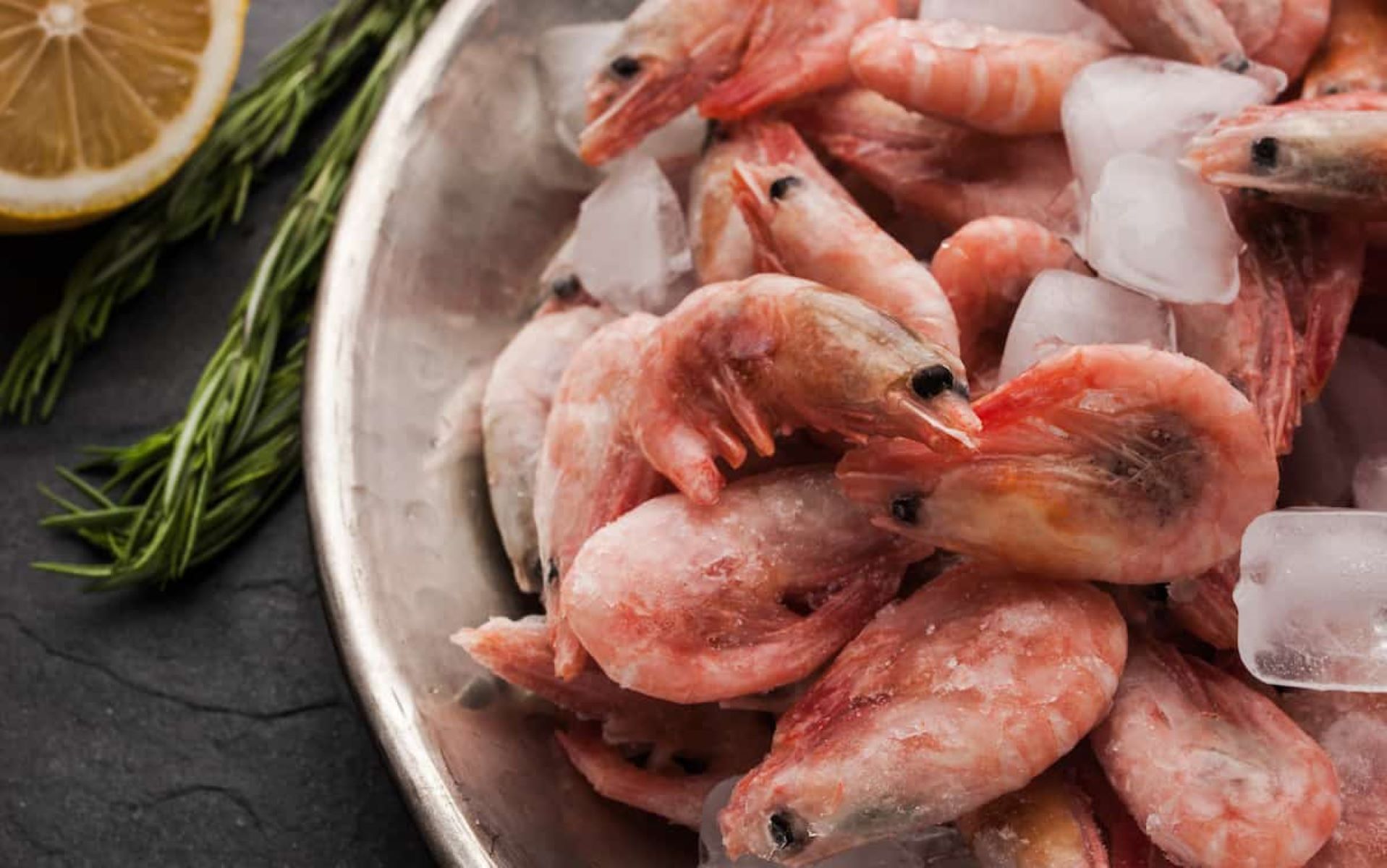
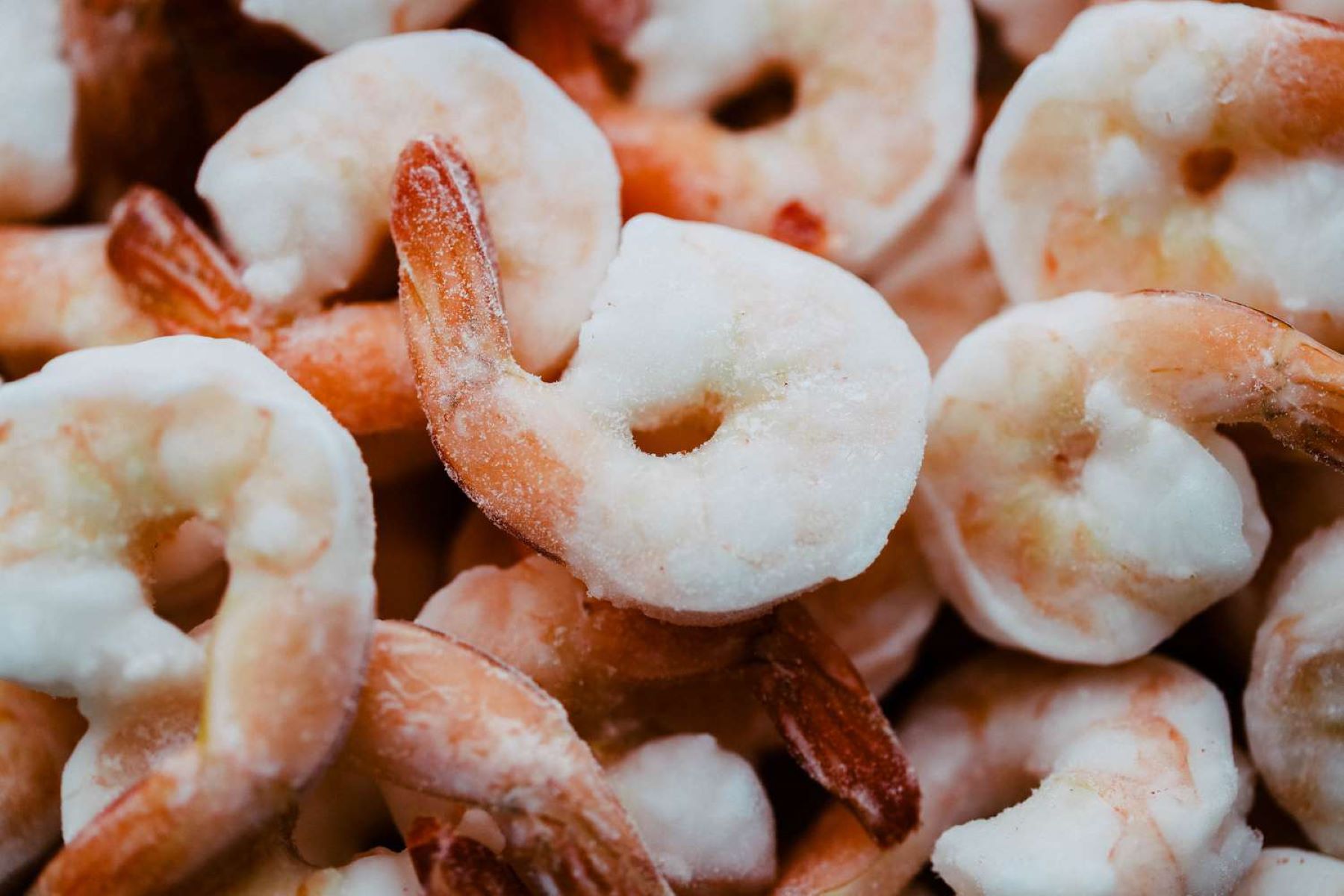
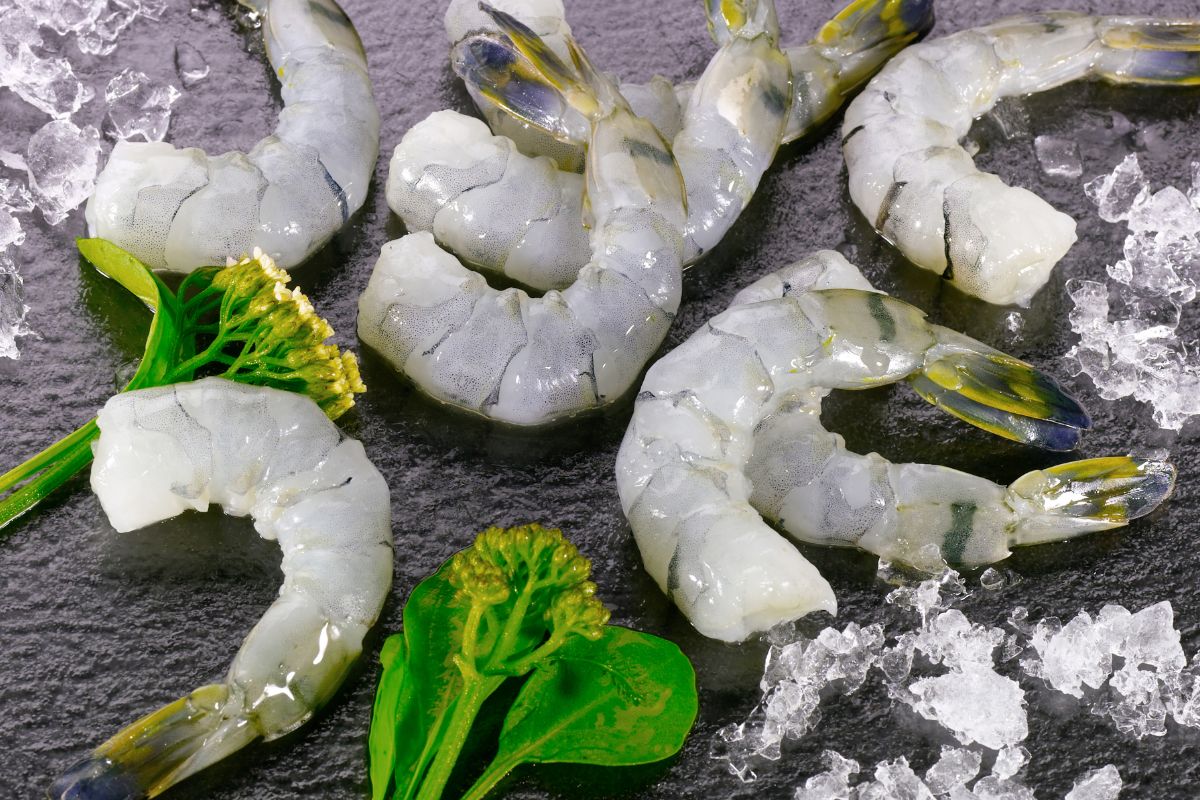
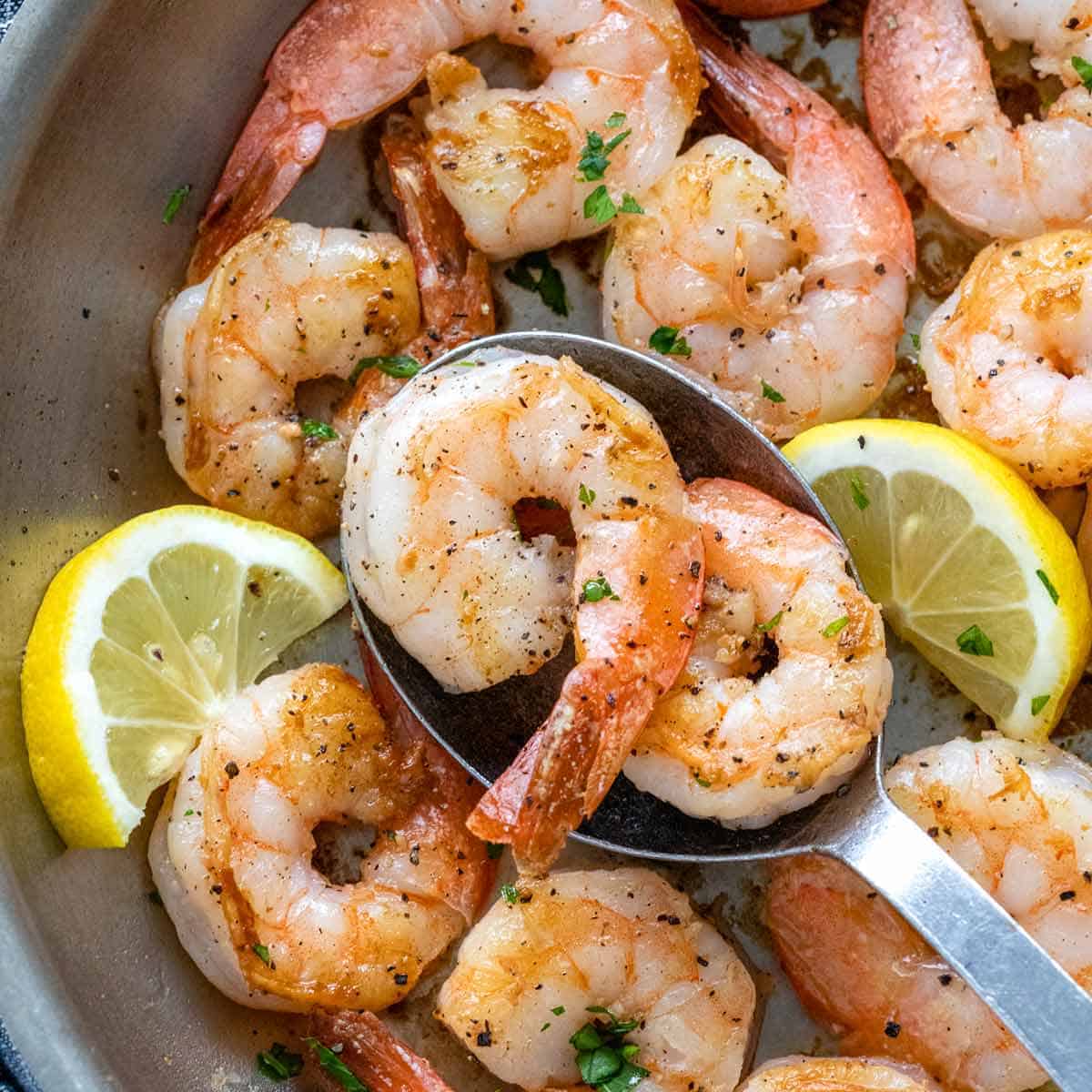
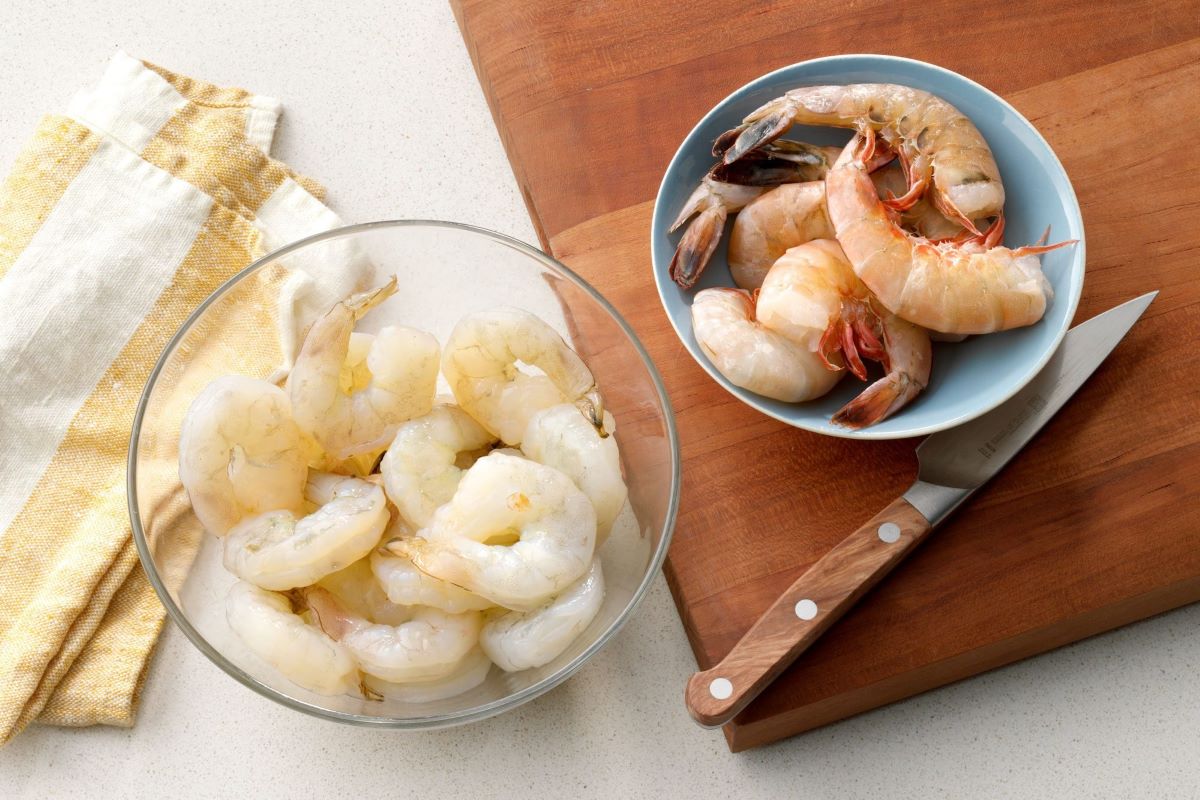
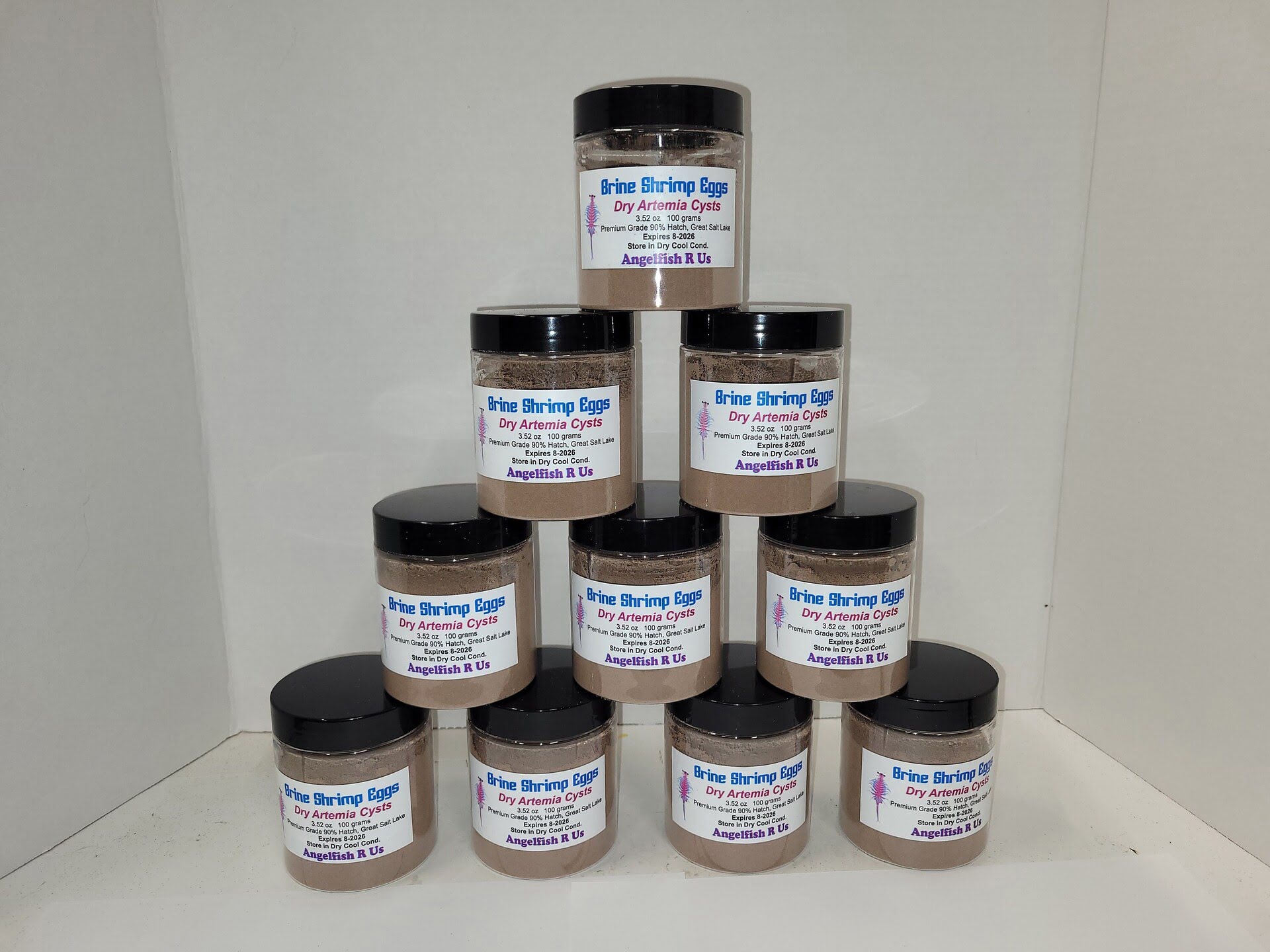
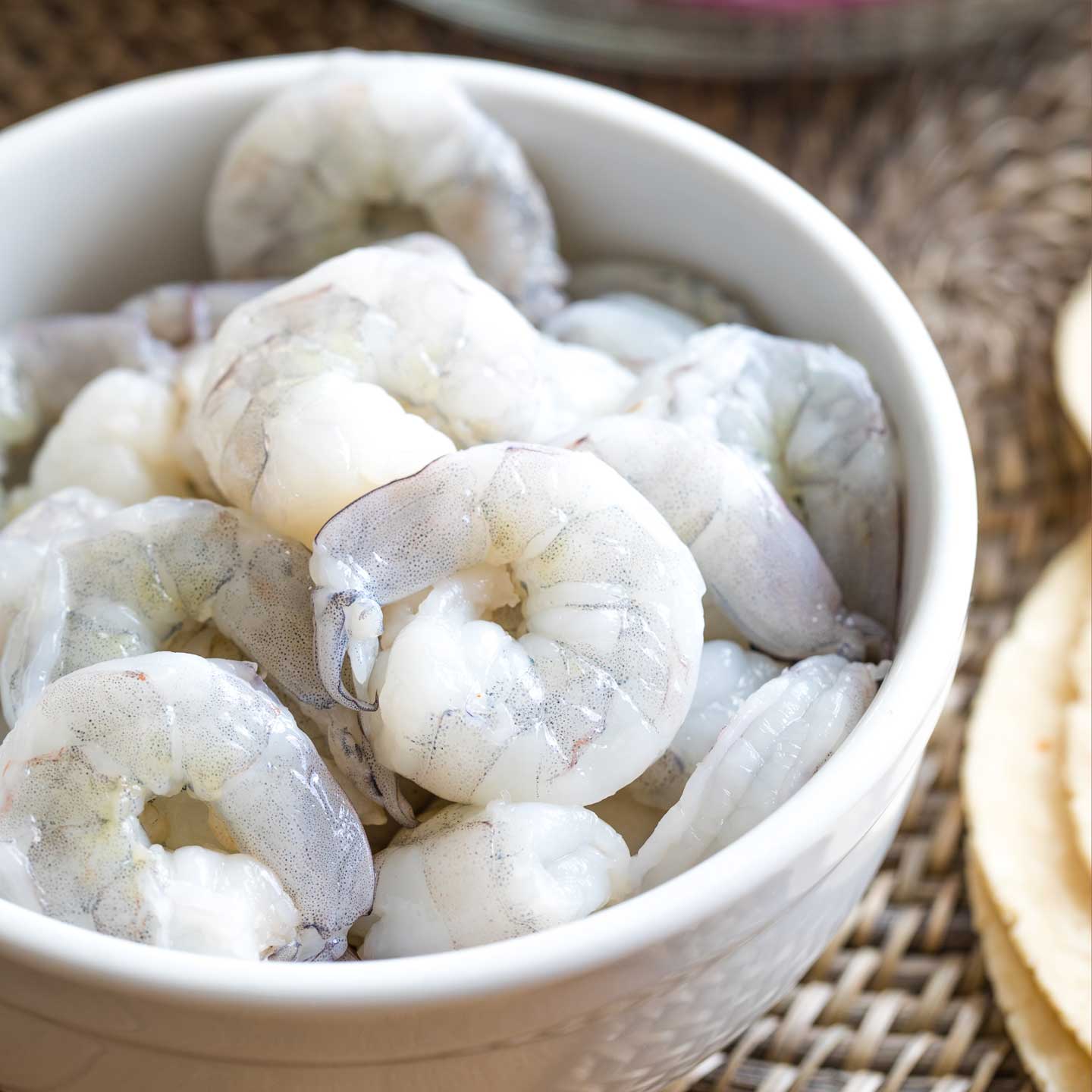
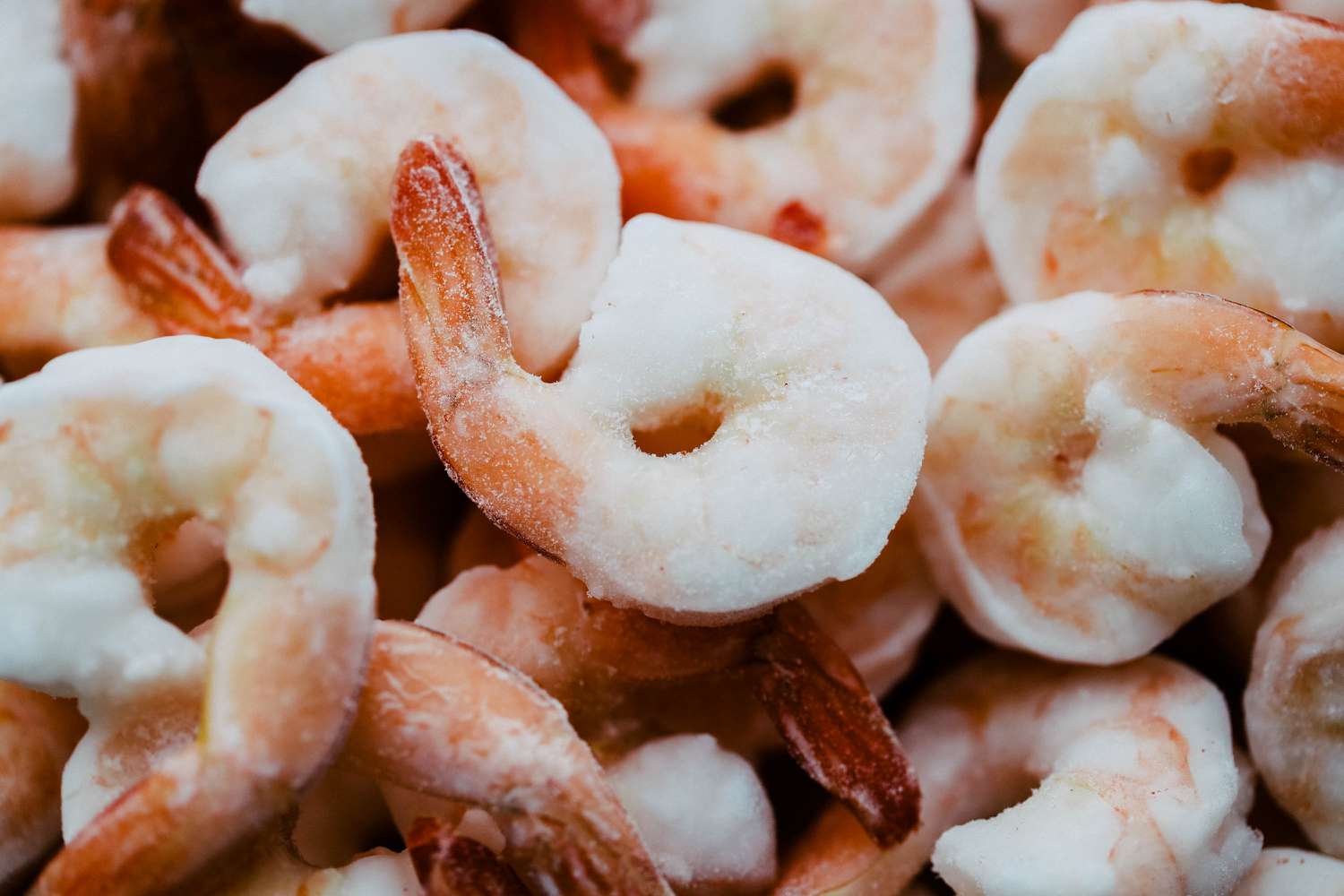
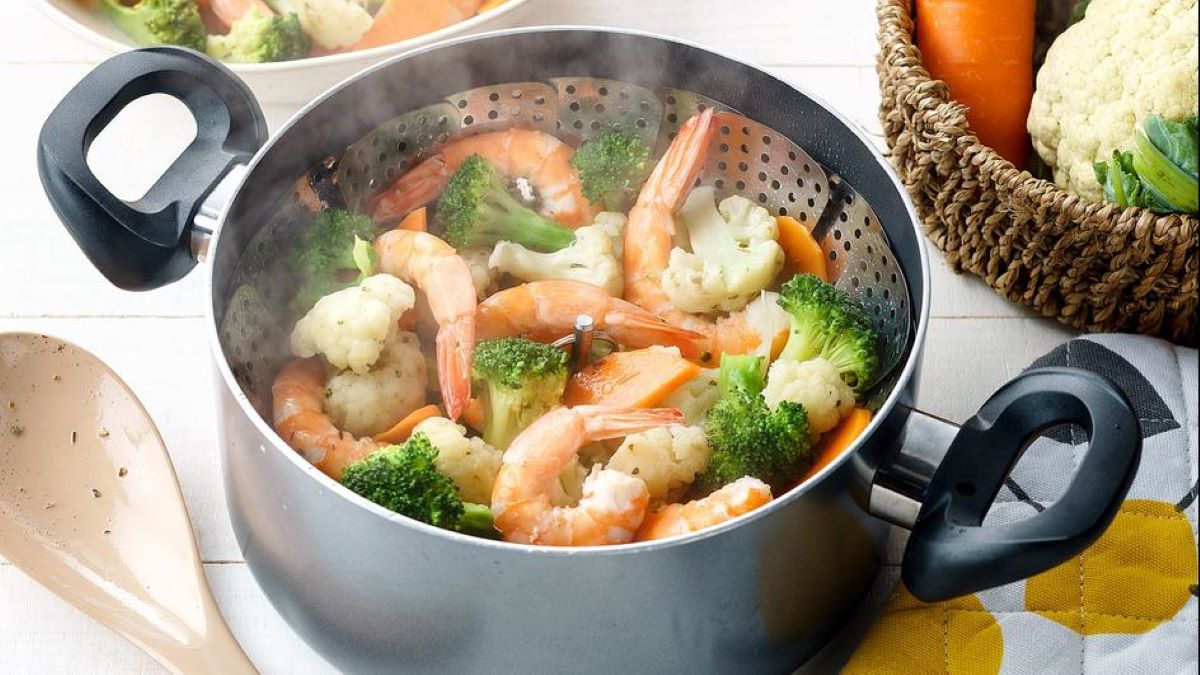
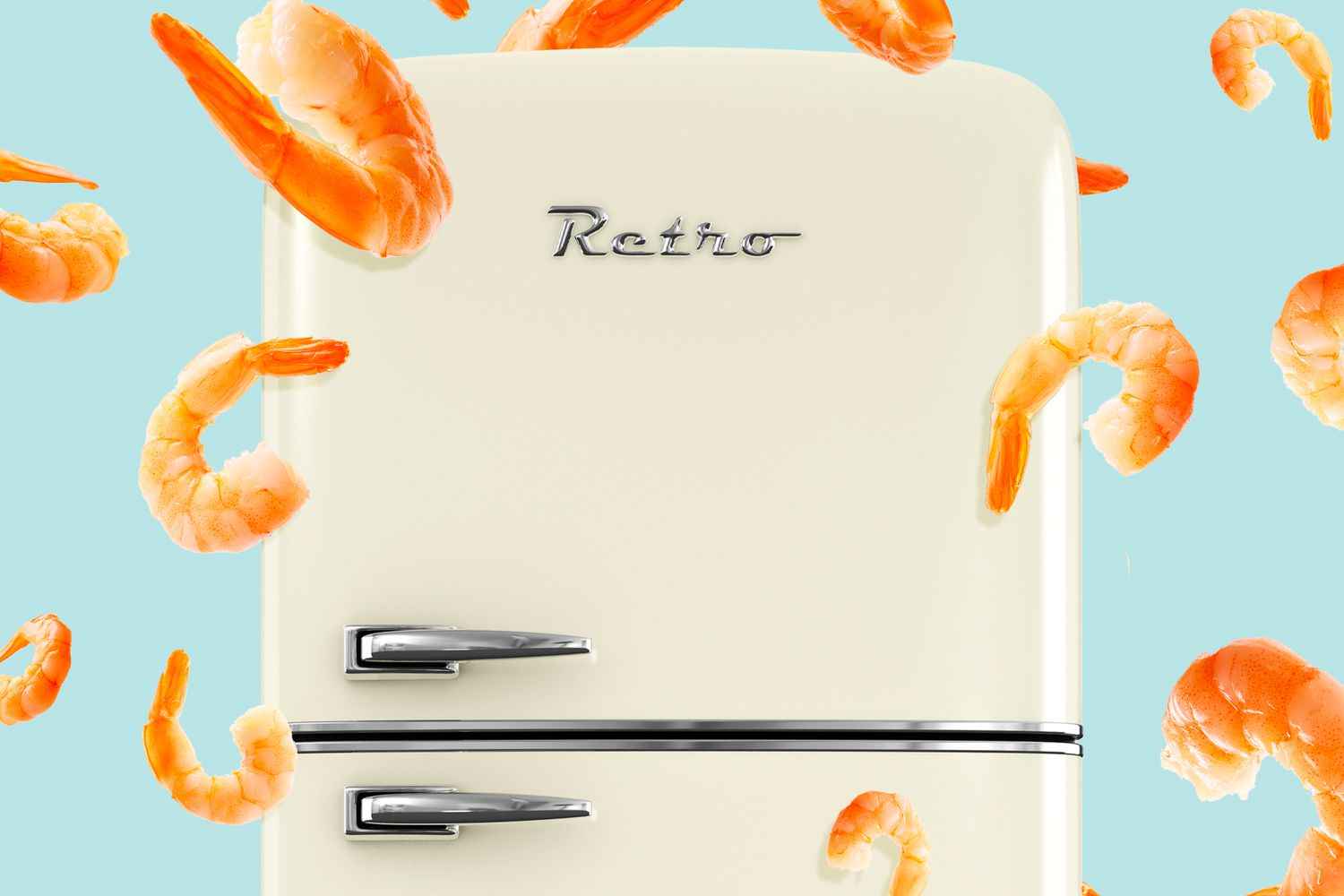
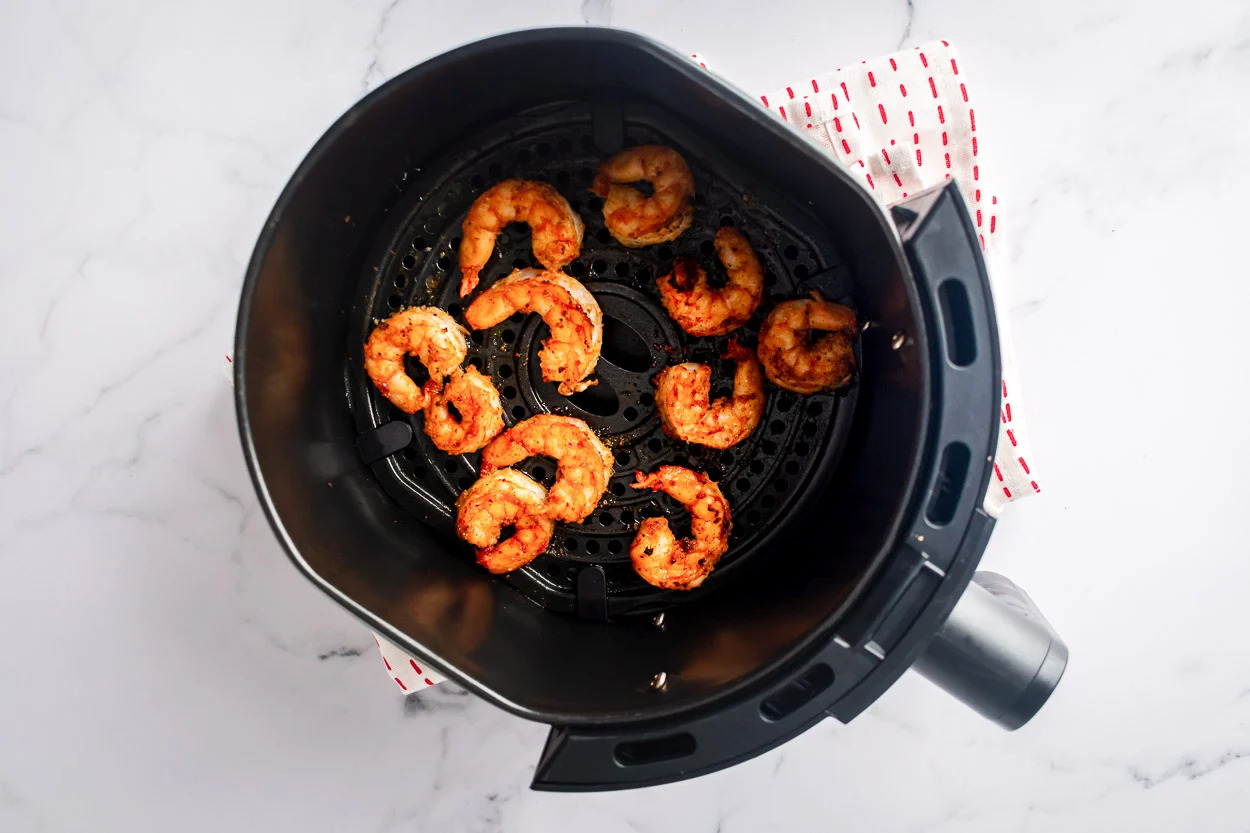
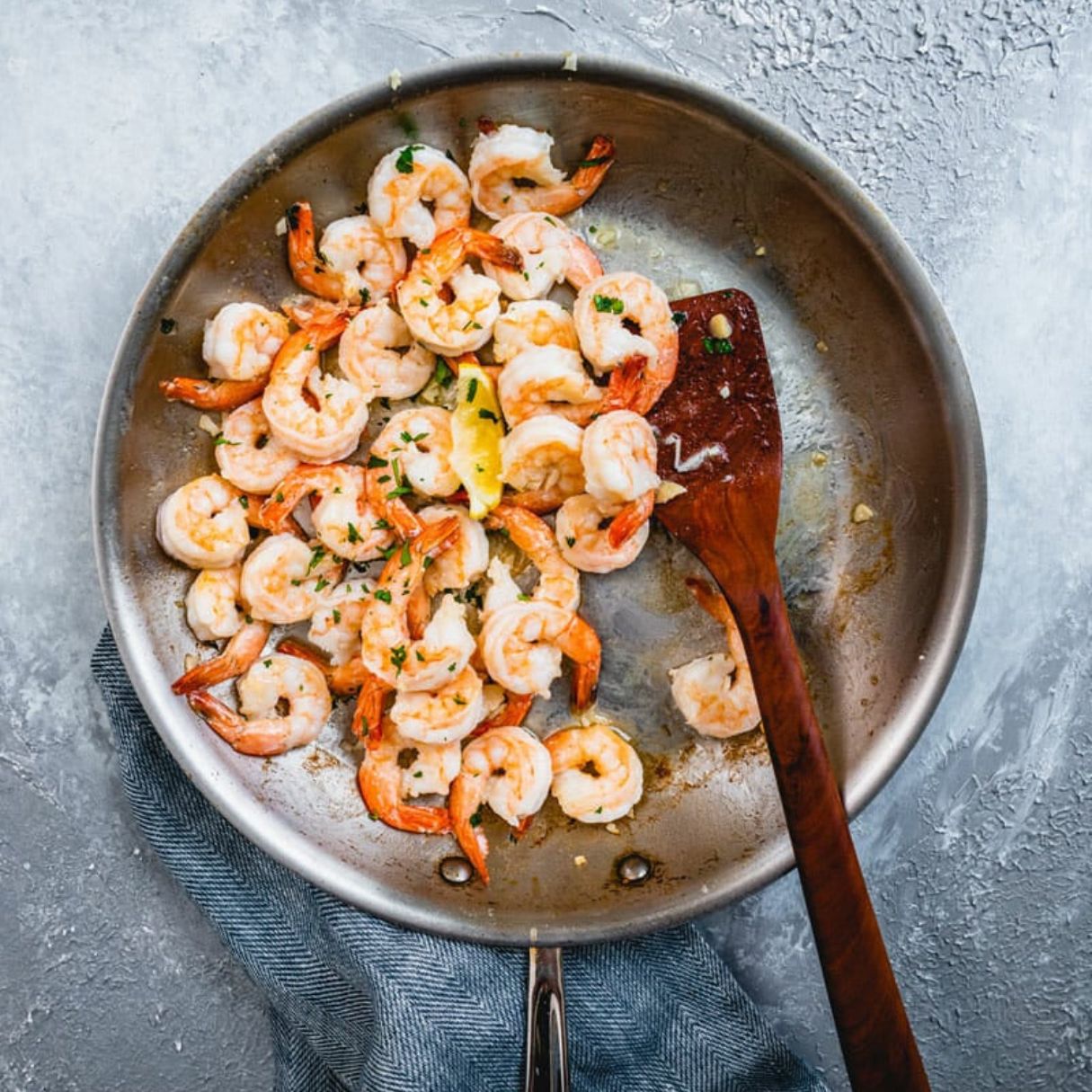
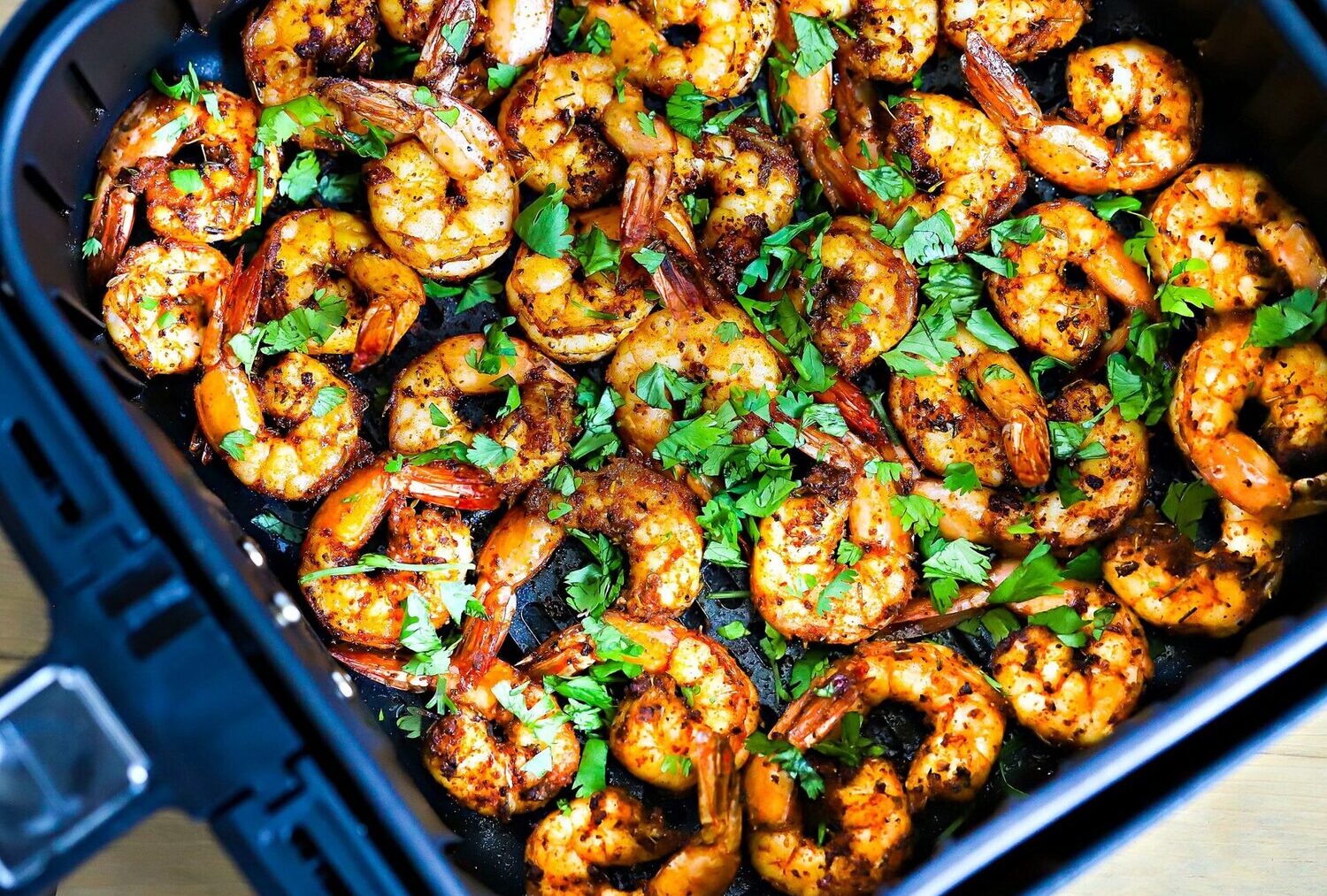

0 thoughts on “How To Store Shrimp”